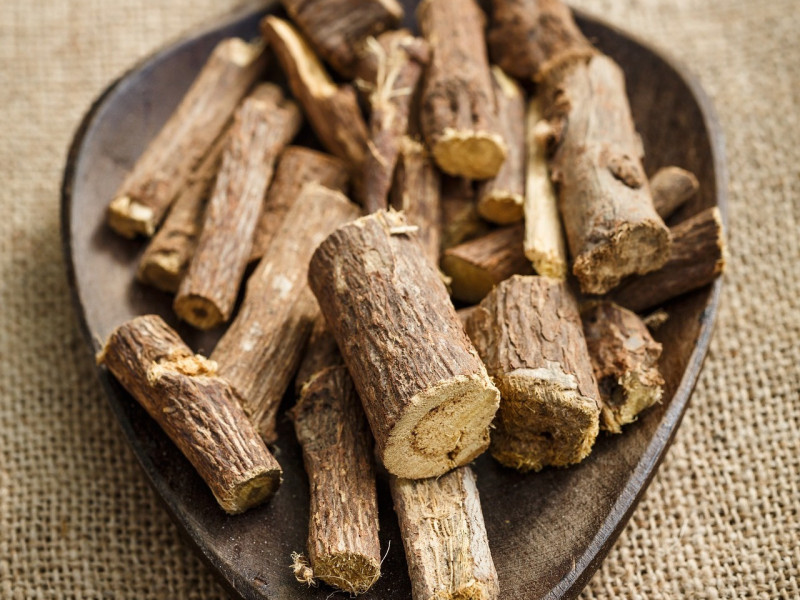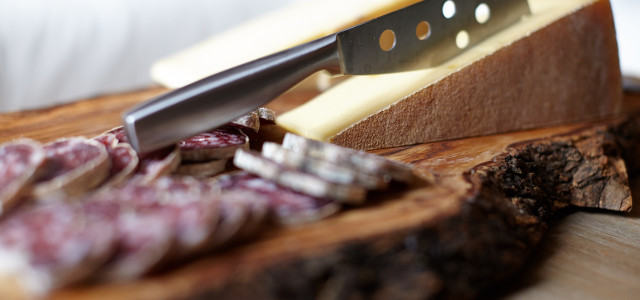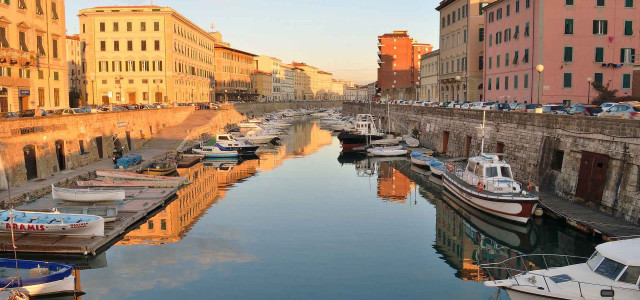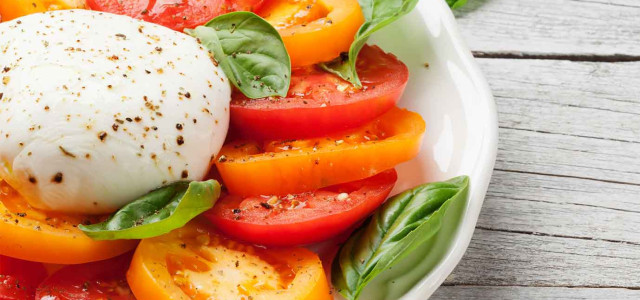The best liquorice in the world is produced in Calabria
The best liquorice in the world is known as Calabria’s black gold. Glychirrhiza glabra, also locally called "cordara", is one of the best DOP products from the tip of the boot.
Summary
Licorice in Calabria
We could take a walk along the perimeter of Calabria from coast to coast, passing from the Ionian to the Tyrrhenian, in search of the woody plant with precious roots. The mild climate and the slightly saline soil favor the home of this unique leguminous plant.
The production of Calabria’s DOP liquorice comes from all the provinces of the territory, from Cosenza to Crotone to Vibo Valentia, but it naturally prefers the coastal areas. It is in fact that in the territories which are below 650 meters from the sea that the licorice plant spontaneously grows.
The first liquorice factory in Calabria was born in 1715 thanks to the Duke of Corigliano. In those years other companies were also established in the Sibaritide including the most famous Amarelli di Rossano. The City of Codex and the whole area of Sibari represent the cradle of Calabria’s DOP liquorice. The indu-stry began to expand during the 1800s and is exported all over the world today. The most famous is the Amarelli licorice.
Licorice - Calabria's black gold found on your plate
It has been known as an ancestral remedy to raise your blood pressure or to relieve stomach pain for thousands of years. It was also used in Chinese medicine. Today, Calabria’s licorice is an indispensable cu-linary experience, as well.
Calabrian licorice is famous for its liqueur and is the main ingredient found in many ice creams and des-serts. Today, it has also become a main character found in numerous savory dishes. Several Calabrian chefs have included the black gold of Calabria as an elite ingredient because they are inspired by their land.
The pioneer is a very young chef from the homeland par excellence of Calabria licorice - Rossano. Her name is Danila Forciniti but everyone knows her as the “Liquorice Chef " precisely because she was among the first to use Calabrian liquorice in her delicious dishes.
The Liquorice Chef
Before she came along, there were other chefs who used this delicacy, especially pastry chefs and ice cream makers. Forcinit has been a liquorice gourmet since childhood and experimented with her first dish in 2004: fennel bardini with pancetta di Calabria flavoured with liquorice.
The chef decided to embellish the fennel with a bit of licorice powder because it has a sweetish hint which is similar to anise and goes very well with licorice. From there she began experimenting with new flavors and combinations, such as those with white meat, fish, shellfish and pasta.
The thirty-five-year-old chef presented the Geo & Geo audience with fresh liquorice pasta which she prepared with a typical Southern dough made from durum wheat semolina. While at Risitaly in Verona, she was the coined the godmother of rice and liquorice where she presented a risotto prepared with cod and liquorice.
Calabria always favours Danila Forciniti’s dishes, even in Casa Sanremo. She will also publish a book as well: the first Calabrian cookbook is about to be released, where the Liquorice Chef will unite her passion for her land with tourism. The book in fact, will talk about the places where typical Calbrian products come from and will reveal many recipes.
Take a Journey through the flavors of Calabria and licorice
The Italian traveling chef for Italy, taught in Florence, and now teaches in Rome. She has a unique rela-tionship with licorice and the dish that is particularly dear to her is the fillet of black Calabria pork, made with Calabrian liquorice and served with an orange apple puree. This dish is rich with poetry and has a truly
Calabrian feel. She has decided to give this to the readers of ViaggiArt.
Wherever you go in Calabria, whether it is to take a trip to the Magna Graecia of Crotone or to the north in the “Byzantine" are to visit the Giorgio Amarelli Museum of Liquorice, rest assured that you will be able to enjoy the best liquorice in the world.
Black pork fillet DOP Calabrian liquorice
Ingredients:
800 gr of Calbrian Pork fillet
16 slices of colonnata lard
8 sticks of DOP Calbrian liquorice root
fennel seeds
black pepper
extra virgin olive oil
fine salt
1 tsp of room temperature butter
1 tsp of flour
1 pinch of Calabrian DOP licorice powder
Balsamic coffee reduction:
150 ml of balsamic vinegar
1 tsp of honey
½ cup of unsweetened coffee
1 tsp of shaved potato starch
Puree:
1kg of green apples
1 sprig of chopped rosemary
2 naveline oranges from Sibari
extra virgin olive oil
Fine salt up
pink pepper
1 bunch of chopped parsley
2 chopped mint leaves
Preparation:
Cut the fillet into 8 slices of about 100g each; season each slice with oil, pepper and fennel seeds; decorti-cate the licorice roots; wrap each slice with the lard and wedge the root inside; Brown the fillet with a drizzle of oil using a non-stick frying pan. When it is golden brown, sprinkle it with white wine and conti-nue cooking over a low flame, adding hot water if necessary. When it is cooked, add salt to the fillets and set them aside. Mix the butter with the flour and the licorice powder and add it to the sauce. Then add 2 tablespoons of hot water and reduce the sauce.
Reduction:
Dissolve the starch in the cup of coffee, and in the meantime pour the vinegar and honey mix in a pan and bring to the boil; when it starts to boil, add the coffee and starch mixture; mix well and cook for a few minutes; let it cool.
Puree:
Wash dry, peel and cut the apples into cubes; grate the rind of an orange and squeeze the juice of both oranges. Brown the apples and the rosemary, the orange juice, salt, pepper and parsley using a non-stick pan with a drizzle of oil. Cover with a lid and continue cooking over a low flame for a few minutes. Remo-ve the lid. If necessary, add 1 cup of boiling water, raise the flame and continue to cook. Remove the pan from the heat, add the orange zest and the mint and blend.
Place the apple puree on top of the fillet on your plate and add a few drops of the reduction.
Riproduzione riservata © Copyright Altrama Italia








